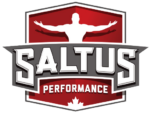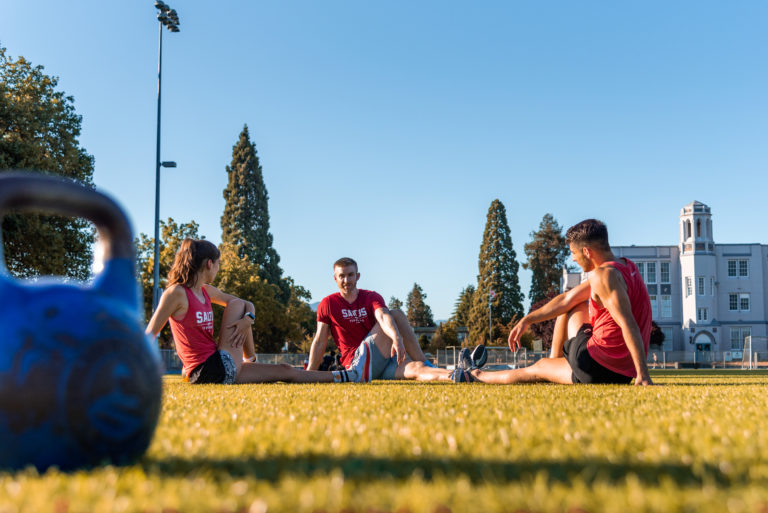
An area that is often overlooked, not given enough attention, and very much misunderstood, which leads to the wrong type of method being prescribed. We all know recovery in between training sessions and after a competition is key to our short and long-term performance. But why is it the vast majority of athletes skip the recovery session and end up grabbing a meal from the nearest fast-food restaurant and/or playing the latest video game?
Is it a lack of understanding of the benefits of what and how to go through a recovery session? Are the athletes too lazy, not focused or lacking in dedication? First off before designing any new recovery strategies for your athletes and teams, it is important to listen, understand and figure out the above reasons, before coming up with the best strategies.
Athletes, if you are taking the time to read this article, you may have heard this before, complete your recovery sessions and strategies provided to you by sports coaches or strength and conditioning practitioners, the benefits outweigh any reason you can think of that is preventing you from completing these sessions. The goal of this blog is as we progress through, to highlight some information that can help you better understand why, how and what you should focus on.
Into the meat and potatoes of it all. To begin with, with advancements in technology, there are a variety of gadgets and tools available, claiming to help with your recovery and are the next big thing. Realistically these things make a small impact (they are the cherry on the top of the ice cream kind of deal), you need to first address the big rocks. Which rocks you chose will ultimately depend on the physical activity you complete and when you will be competing next, but should have an element of each.
Common recovery protocols and rocks include:

Nutrition, as soon as you finish your training and competition, the sooner you can replenish your body with energy (through food), the sooner your body can begin to repair the damaged tissued. Initially, straight after your physical activity has ceased, it is important to get a certain amount of carbohydrates and protein.
For example, if you have just completed a marathon, you would need a combination of both carbohydrates and proteins, but predominantly more carbohydrates due to the nature of the event and the significant need to replenish glycogen stores. While upon finishing a game of intermittent nature such as football/soccer, within 20 minutes of finishing a match, it is recommended for athletes to consume 1.2g/kg BW of carbohydrate to replenish glycogen stores and 40g of protein.
Understanding the physical demands of your sport and how your body produces energy is going to help inform effective nutritional strategies to help your recovery.
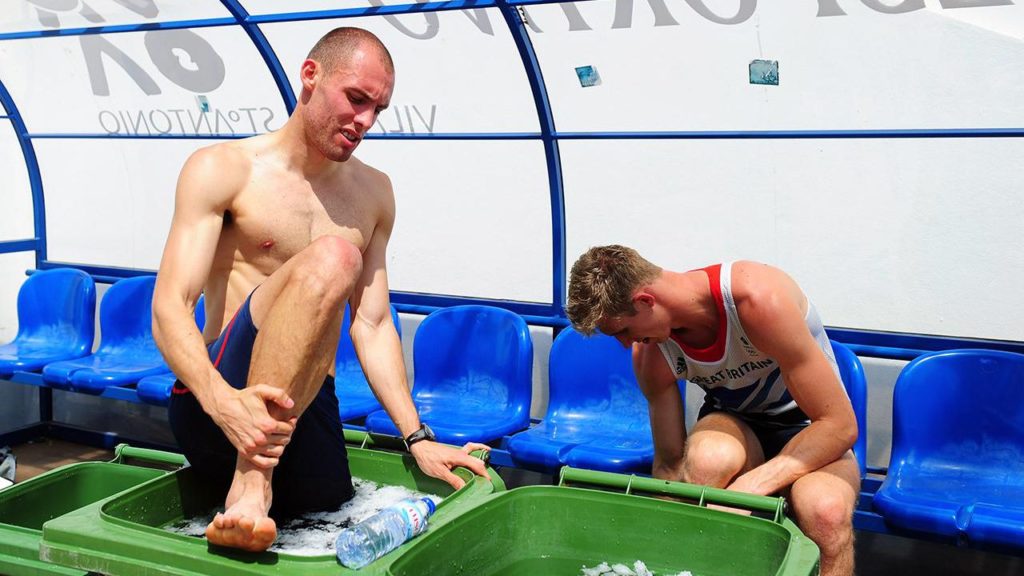
Ice and Cold Water Therapy is an interesting area when it comes to recovery. Over the years ice baths have been used regularly by elite performers and helping them recover from training and performance. The research behind ice baths or cold water therapy suggests spending 10 to 15 minutes in cold water and the benefits include:
- Reduction in inflammation and swelling
- Soothes sore muscles
While this may sound positive, it is important to consider when the next competition or game is and what is the potential impact of reducing inflammation and swelling. For example, in rugby 7’s where multiple games are played over a two-day period, after day 1, cold water therapy and ice baths may be a good idea to reduce the inflammation and swelling while soothing sore muscles as this may help performances the following day. At the opposite end of the spectrum, in the 15 man game of rugby, where games are generally played every 5-7 days and more physically demanding from a contact and impact standpoint, there is adequate time for the body to recover, ice may not be needed as inflammation and swelling are the body’s way to increase blood flow to the area and thus promote recovery.

One of the most powerful recovery methods for humans, Sleep. A good night’s sleep allows muscle tissue repair through growth hormone being released and optimal immune system function. While a lack of sleep can lead to an elevated sympathetic nervous system and higher levels of cortisol, meaning more stress placed upon the body. This ultimately affects the body’s ability to recover, leading to reduced reflex times, poor judgment, and a greater chance of injury occurring. Overall, the aim should be to turn off technology 30-60 minutes before sleeping, dim the lights and aim for 7-9 hours sleep.
While 7-9 hours seems like a reasonable goal, understanding the challenges and obstacles that prevent athletes and people from achieving this is important. Things to consider include:
Time of competition and training – it takes a certain amount of time for the body to recover and relax post competition and training. While finishing training at 9pm may technically provide the athlete with enough time to get home, eat and sleep, the CNS might still be relatively high, preventing the athlete to fully relax, turn off mentally and sleep, leading to poor sleep duration and/or cycle.
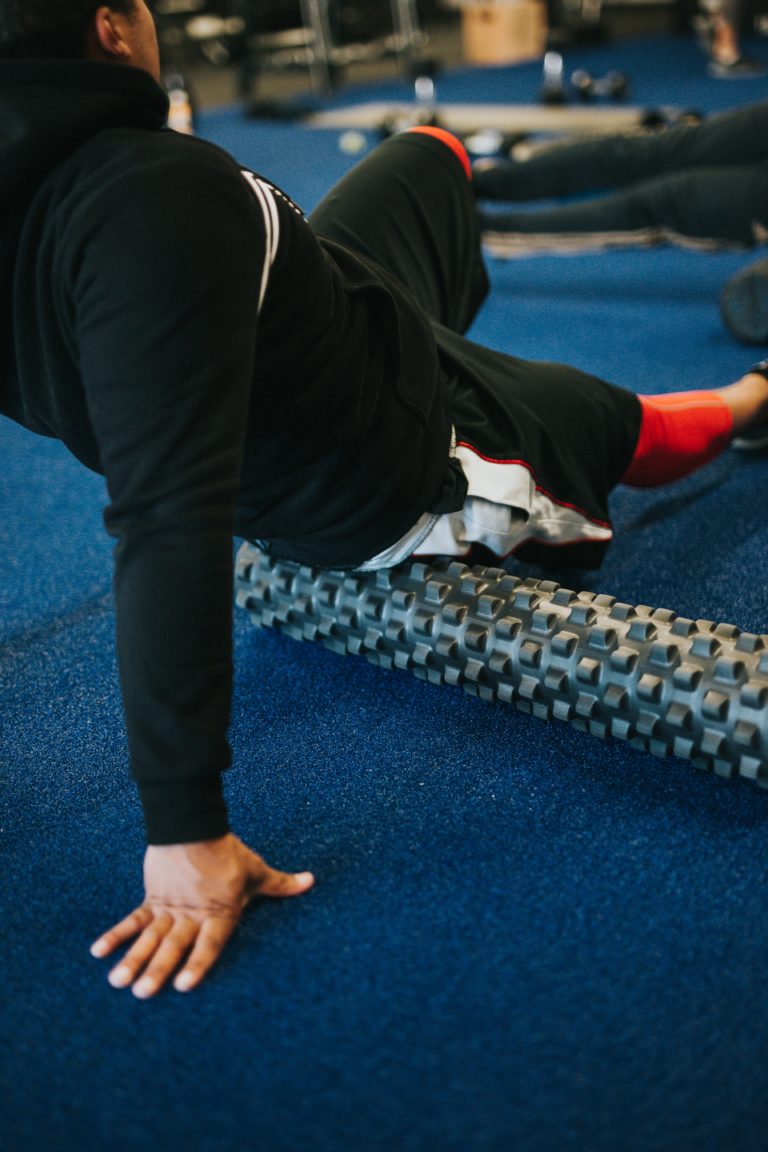
Stretch, foam roll, mobility work. There is research suggesting the pros and cons of each of these, if they actually work and their definitions often get confused and intertwined. Whether or not there are benefits to these, it is suggested to get up move the following day after a competition, research suggests that this can vary from anything from walking, cycling, running and stretching. Active recovery is going to be one of the biggest strategies an athlete should introduce to your routine if looking to take your performance to the next level. With potential benefits of active recovery include: reducing muscle soreness, increase in blood flow, removal of toxins, increase in muscle playability and helping the CNS to relax and recover.
These are the three big rocks and strategies for recovery and areas that can have an impact on performance. Often overlooked because they seem relatively simple and not as fancy or glamorous compared to people’s expectations. Ultimately, cold water immersion and ice baths can be used but it depends on certain scenarios and also on the type of person the athlete is, as they may not enjoy cold water, e.g. athletes from warmer climates around the equator.
Other elements to consider or add ons to help improve recovery, which will vary from person to person include:
Massage – similar to stretching, mobility and foam rolling, there is research that suggests there is a benefit to performance and recovery and there is research suggesting the opposite. The main takeaway, is if the athlete feels like the massage helps them recover, then go for it.
Massage Gun – it has become increasing popular over the past few years, the technology has been advertised really well. Does it have a significant impact on recovery and preparation for sport, like some of the research suggests? More research is needed, but similar to the previous point, if an athlete feels like it helps, then as long as it is not negatively impacting their performance, it should be ok to include.
Compression Garments have also become increasingly popular over the last two decades and similar to the massage gun, they have been very well promoted and advertised. Research suggests the benefits of compression garments include: local blood circulation, elimination of toxins, improved running economy, reduction in inflammation and reduction in post-exercise soreness. It has been argued there are inconsistencies in the protocols of these research studies outlining the benefits. But with that being said, if an athlete feels a positive impact from wearing compression garments and there are no negative impacts on performance, then that can be counted as a win as the athlete is at least thinking and considering their recovery.
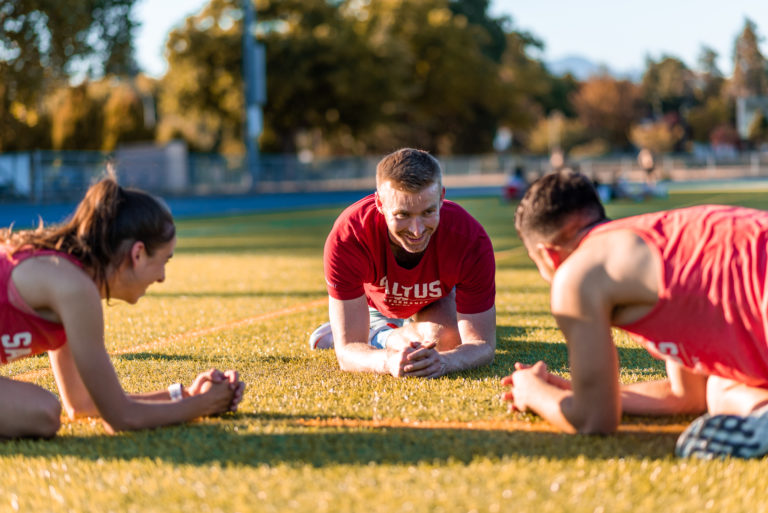
As mentioned through this article, focus on the big rocks to begin with. Once they have been established in an athlete’s routine and specific to their needs, then we can introduce some of the more fancy techniques. But before implementing anything, aim to increase the athlete buy-in and help improve the understanding of the why behind the importance of recovery methods and link to success.
